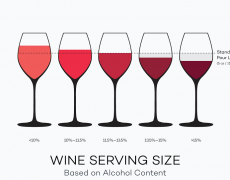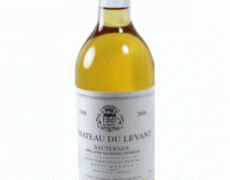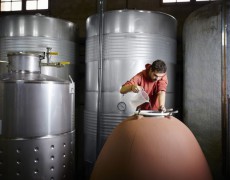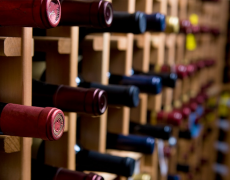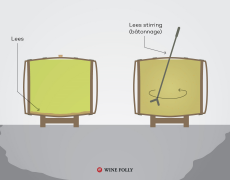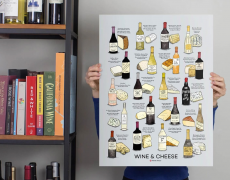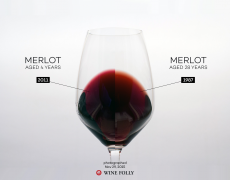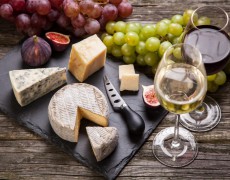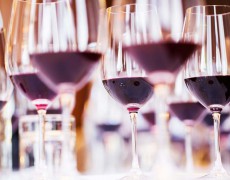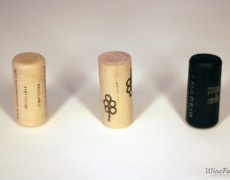With over 1,400 wine grapes in the world, it might be surprising to learn that only 20 varieties make up 80% of the wines that we drink. Author Jason Wilson talks about the underappreciated and lesser-known wines that inspired him to write his book, Godforsaken Grapes.
BY SHELBY VITTEK

Jason Wilson, author of Godforsaken Grapes / Photo by Kevin Klinskidorn
In his book Godforsaken Grapes (Abrams Press, April 2018), Jason Wilson journeys into the world of obscure and underappreciated wines. We asked him what he learned about hard-to-find varieties along the way.
What does obscurity even mean in the current wine world?
There are nearly 1,400 wine grapes in the world, yet almost 80% of wine is made from 20 grapes. In reality, all but a handful of wine grapes would be “obscure.” For wine geeks and sommeliers, maybe Verdesse from Isère, or Hungarian Juhfark, or Kisi from the Republic of Georgia, is not so obscure. I recently overheard a somm say, “Yeah, I’m kinda over Mondeuse these days.” But honestly, that’s not representative of 99% of wine drinkers.
I’m not interested in obscurity for obscurity’s sake. I wanted to explore why certain grapes became popular, best-selling wines and why other grapes became nearly extinct. Even grapes that aren’t really “obscure” can be underappreciated. Why does Gewürztraminer or Grüner Veltliner have trouble catching on? It’s hard to imagine now, but even a grape like Pinot Grigio was totally obscure only a few decades ago.
Your book’s title was inspired by a 2014 rant by Robert M. Parker Jr. about what he called “godforsaken grapes” like Savagnin, Négrette and Blaufränkisch. How did that shape your own journey?
Parker, in his crazy rant, attacked a younger generation who enjoy different wines than the ones he’s based his profitable career on. Here was wine’s single biggest influential gatekeeper casting serious shade on several of the grapes I loved. As I thought deeper, I realized that Parker was just the modern version of all the monarchs and aristocrats who were wine’s gatekeepers in centuries past.
A grape like Blaufränkisch, which he calls “godforsaken,” was a noble grape in the Middle Ages long before anyone knew Cabernet Sauvignon. But Parker’s rant was only part of the inspiration.

Your last book, Boozehound, was about obscure spirits, and you already had a reputation as a food writer. What led you down the path of wine?
This book is very personal, dealing with my own growing obsession with wine during my late 30s and 40s. I wanted to write about what happens when one goes down the rabbit hole into serious geekdom. I also saw a bigger story. The wine industry is undergoing a massive sea change and the influence of a certain type of “serious wine critic” is on the wane. I wanted to capture this moment.
In all your travels, where did you find winemakers were most interested in growing and preserving long-forgotten, indigenous vines?
I love what’s happening all throughout the Alps, in places like Switzerland, Alto Adige and Savoie. There’s this burgeoning category of “Alpine Wines” that’s taking hold. Portugal is a hotbed of indigenous grapes. I love the wonderful diversity of grapes in Southwest France, which has always lived in the shadow of Bordeaux. Finally, there’s the most important underappreciated wine region, Austria, which represents both the past and the future of wine.
Source: winemag.com

